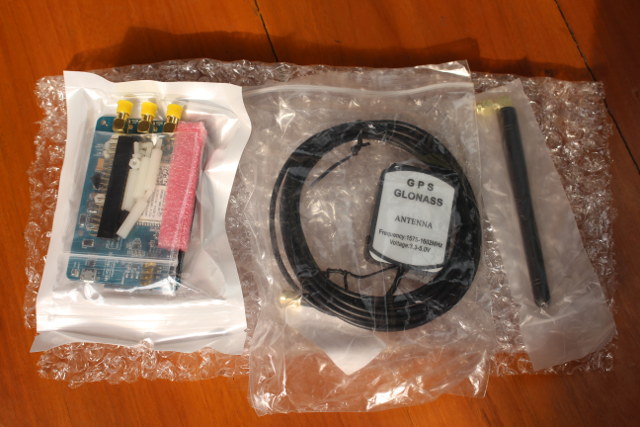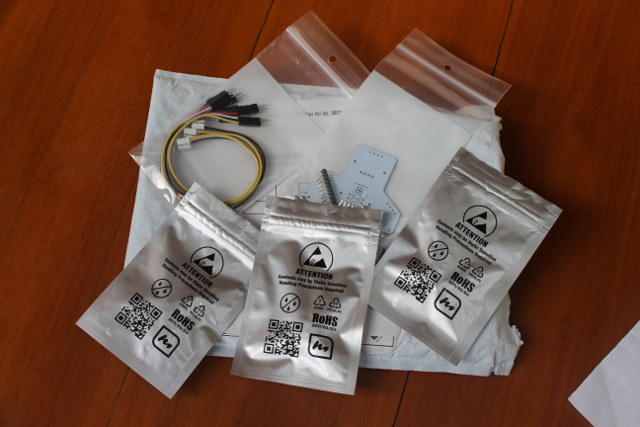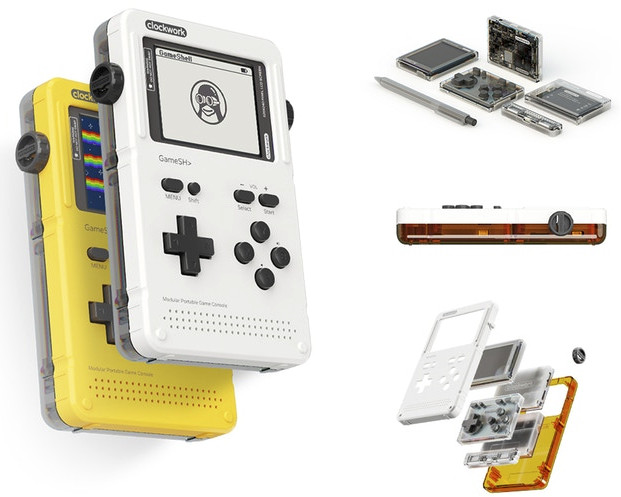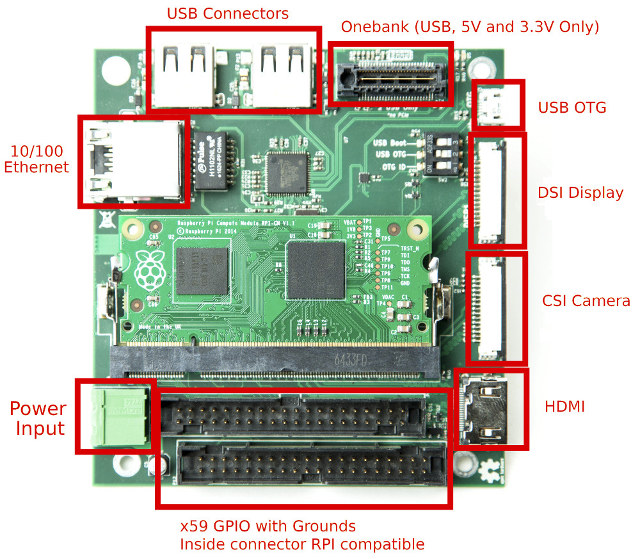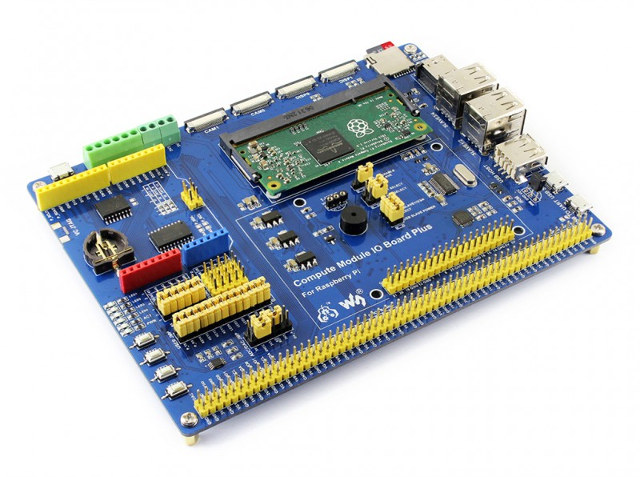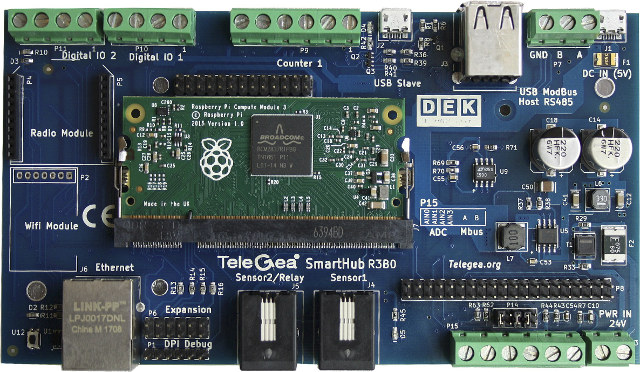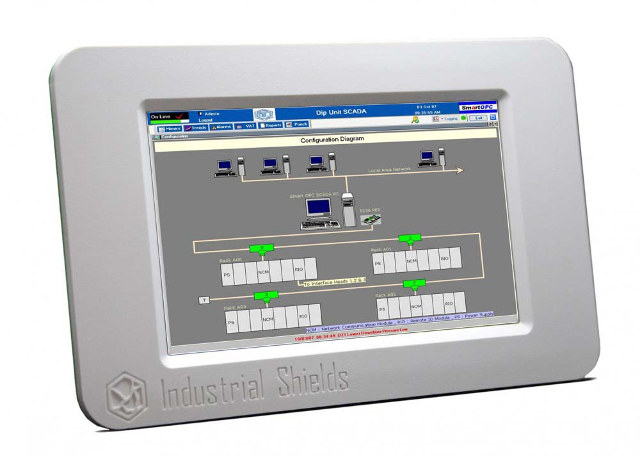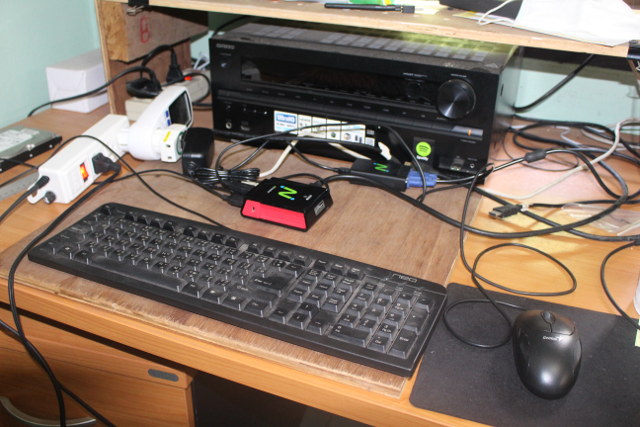Venus Supply is an embedded systems company based in Bangkok, Thailand that sells products through their ThaiEasyElec website/brand, as well as a act as a local distributor for popular DIY electronics items. I previously tested their ESPino32 ESP32 board, and the company has now send me another of their new product called “3G HAT Expansion for Raspberry Pi” and based on Quectel UC20-G that support 3G and GPS/GLONASS connectivity globally, meaning it should work in any country with 2G or 3G coverage. After listing the specifications, going through unboxing and assembly with a Raspberry Pi 2/3 board, I’ll write some quick start guide to show what I had to do to use GPS and connect to 3G with a Hologram SIM card. 3G HAT Expansion for Raspberry Pi Specifications Quectel UC20-G wireless module supporting Cellular 3G – UMTS @ 800/850/900/1900/2100 MHz 2G – GSM @ 850/900/1800/1900 MHz Data – HSPA+ […]
Getting Started with TinyLIDAR Time-of-Flight Sensor on Arduino and Raspberry Pi
TinyLIDAR is an inexpensive and compact board based on STMicro VL53L0X Time-of-Flight (ToF) ranging sensor that allows you to measure distance up to 2 meters using infrared signals, and with up to 60 Hz. Contrary to most other VL53L0X boards, it also includes an STM32L0 micro-controller that takes care of most of the processing, frees up resource on your host board (e.g. Arduino UNO), and should be easier to control thanks to I2C commands. The project was successfully funded on Indiegogo by close to 600 backers, and the company contacted me to provided a sample of the board, which I have now received, and tested with Arduino (Leonardo), and Raspberry Pi (2). TinyLIDAR Unboxing I was expecting a single board, but instead I received a bubble envelop with five small zipped packages. Opening them up revealed three TinyLIDAR boards, the corresponding Grove to jumper cables, and a bracket PCB for […]
Gameshell Portable Retro Gaming Console Features Clockwork Pi Allwinner R16 Board (Crowdfunding)
Allwinner R16 with its lowly four Cortex A7 cores and Mali-400MP2 GPU would not normally come to mind when designing a gaming console. But Nintendo used the R16 processor twice in their retro gaming consoles: NES Classic and SNES Classic Edition. Clockwork, a startup based in Hangzhou, China, decided they could also do gaming console with the processor: Gameshell. But their product is quite different, as it’s both a portable console with 2.7″ display, and a development platform with the console based on Clockwork Pi development board, and an Atmel AVR (Arduino) based keypad board. Gameshell specifications: Clockwork Pi development board SoC – Alwinner R16-J quad core Cortex A7 processor @ 1.2 GHz with Mali-400MP2 GPU System Memory – 512MB or 1GB (in future revision of the board) Storage – 1x micro SDHC slot Video Output / Display I/F – 18-bit RGB display interface, micro HDMI (planned in revision of […]
Pi/104 Carrier Board for Raspberry Pi Compute Modules (Partially) Complies with PC/104 OneBank Specs (Crowdfunding)
The PC/104 consortium maintains various standards for embedded computer defining both the buses to use and form factors. PC/104 SBCs/boards are mainly used in rugged industrial computers, and stackable through ISA and PCIe buses. The standards were mostly designed for x86 processors, but in Q1 2015, the consortium added the OneBank option to PCI/104-Express & PCIe/104 Specification, Revision 3.0 in order to enable lower cost solutions and processors with PCIe and USB interfaces. This brought some lower powered Intel and ARM+FPGA based PC/104 compliant boards to the market such as Winsystems PX1-C415 based on Intel Apollo Lake E3900 SoC, or Sundance EMC²-Z7030 powered by Xilinx Zynq-7030 ARM+FPGA SoC. Adam Parker (Parker Microsystems) has decided to bring the PC/104 OneBank industrial standard to the Raspberry Pi world, by creating Pi/104 a carrier board for the RPi compute modules that (mostly) complies with PC/104 OneBank for factor, and exposes the required USB […]
$50 Waveshare Compute Module IO Board Plus is Designed for Raspberry Pi CM3/CM3L Compute Modules
Raspberry Pi Compute Module CM3L and CM3 are fairy inexpensive at $25 and $30 respectively, but if you want to get the complete development kit with Compute Module IO Board, CM3 and CM3L modules, and accessories you’ll need to spend around $150 plus shipping. A cheaper option might be Waveshare “Compute Module IO Board Plus for Raspberry Pi CM3, CM3L” with many of the same features as the original Compute Module IO board, plus some extras like terminal blocks for ADC/DAC or RTC battery, which I first found on DX for $49.95 including shipping. Waveshare Compute Module IO Board Plus specifications: Compute Module socket for Raspberry Pi CM3/CM3L I/O headers 40-pin Raspberry Pi GPIO header (3) GPIO header for all pins exposed by the modules (2) Arduino headers for shields (10) 10-bit ADC/16-bit DAC screw terminals (11) 3x 5-pin sensor interface (13) 1-WIRE interface, for connecting single-bus devices like DS18B20 […]
Telegea Smart Hub DIN Rail IoT Gateway is Powered by Raspberry Pi CM3 Module
DEK Italia has recently introduced Telegea Smart Hub, an IoT gateway based on Raspberry Pi Computer Module 3 (CM3) with Ethernet, WiFi, RS232/485 ports, and various other I/O ports, that can leverage Raspberry Pi software ecosystem. The company explains the device is mainly targeted at DIY home automation applications as a smart home controller which runs open source smart home software like OpenHAB and Home Assistant, but it can also be used for many other IoT applications. Telegea Smart Hub R3B0 specifications: SoC – Broadcom BCM2837 quad core Cortex A53 processor with VideoCore IV GPU System Memory – 1GB LPDDR2 RAM Storage – 4GB eMMC flash, 256 byte EEPROM Connectivity – 10/100M Ethernet port, optional Wifi 802.11 b/g/n at 2.4 GHz Serial – RS485 serial port, RS232 serial debug port USB – 2x USB 2.0 host ports Expansion 6xdigital inputs via screw terminals (for dry contacts or S0 interface) 4x […]
Industrial Shields Industrial Panel PCs are Based on Raspberry Pi, Banana Pi, or HummingBoard
Boot&Work Corp., S.L. is a company based in Catalonia that sells industrial automation electronic devices under “Industrial Shields” brand. What makes their product noticeable is that they all appear to be based on maker boards such as Arduino or Raspberry Pi. The company offers various Arduino based PLC modules with or without Ethernet that can be controlled with 10.1″ industrial grade panel PCs based on ARM Linux development boards. Currently three sub-families are available: HummTOUCH powered by Solidrun HummingBoard-i2 NXP i.MX 6Dual Lite board BANANATOUCH with either Banana Pi M64 (Allwinner A64 quad core Cortex A53) or Banana Pi M3 (Allwinner A83T octa core Cortex A7) TOUCHBERRY with Raspberry Pi model B or Raspberry Pi 3 model B Beside the different processors, the 10.1″ Panel PCs share some of the same specifications: Display – 10.1″ resistive multitouch LVDS, 315 nits, 170° viewing angle, 1280×720 resolution Video Input – MIPI CSI […]
NComputing RX300 Thin Client Review – Part 2: Hardware Setup, Windows Server 2016
Ncomputing RX300 is a thin client based on Raspberry Pi 3 board, allowing to run Windows operating systems on a powerful server with the Raspberry Pi 3 handling the display, audio, and keyboard/mouse inputs. The company sent me a sample for review, and I checked out the hardware and accessories in the first part entitled “NComputing RX300 Thin Client Review – Part 1: Unboxing and Teardown“, so in the post I’ve started the thin client, and connected it to vSpace Pro server. Hardware Setup RX300 uses the same peripherals as any mini PC, so I connected USB keyboard and mouse, an Ethernet cable (WiFi is also possible), and the power adapter. You could also connect other devices, and I added a USB flash drive which, as we’ll see later, will be properly recognized by the server. I was also sent a USB to VGA adapter that you can connect to […]


